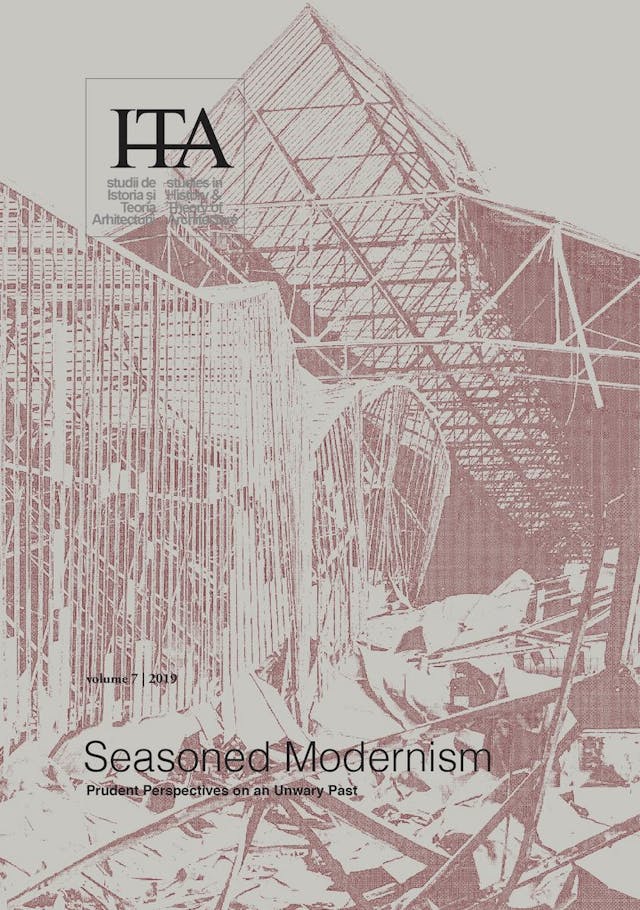Modern Monument Preservation in Hungary: ShouldWe Conserve the Modern Prostheses of Restoration?
Modern Monument Preservation in Hungary: Should
We Conserve the Modern Prostheses of Restoration?
by
Ákos Zsembery
&
Maja Toshikj
Keywords
monument protection
historical layers
Venice Charter
modern prosthesis
We cannot speak about monument conservation in the proper sense before the last decades of the nineteenth century; yet, ever since, each architectural moment has influenced the practice of conservation. The unfolding of modern architectural movements between the two world wars (with the emphasis on the distinction between old and new) was an appropriate medium for the development of theories originating at the end of the nineteenth century (Dehio, Boito). In contrast to the practice of purism, based on historicism, the new modern architectural language was a true alternative. The preservation practices in Hungary from the 1950s were based on the spirit of the Athens Charter (1931) and were later to be vastly improved by the Venice Charter of 1964 – the evidence of which can be seen in the Hungarian techniques lasting until the end of the twentieth century.
Simultaneously, a compelling phenomenon began to appear; that of treating modern interventions as historical layers adding, rather than reducing, value to a monument, with these intervening additions thus being protected to the same degree as the original remains. This resulted in peculiar creations such as the castles of Visegrád and Diósgyőr, among others. With this method, not only a monument’s dignity and value could be preserved, but also the architect’s stylistic oeuvre. However, is this “protection of the protection” – the preservation of restorations – an appropriate action?
Can the same problems occur in the distinction between old and new as in the case of architectural reconstruction? Are the alterations of modern-day interventions, in reality, historical layers of monuments, which should then be protected and valued as such?
Published in

Chicago citation style
DOI:
10.54508/sITA.7.15